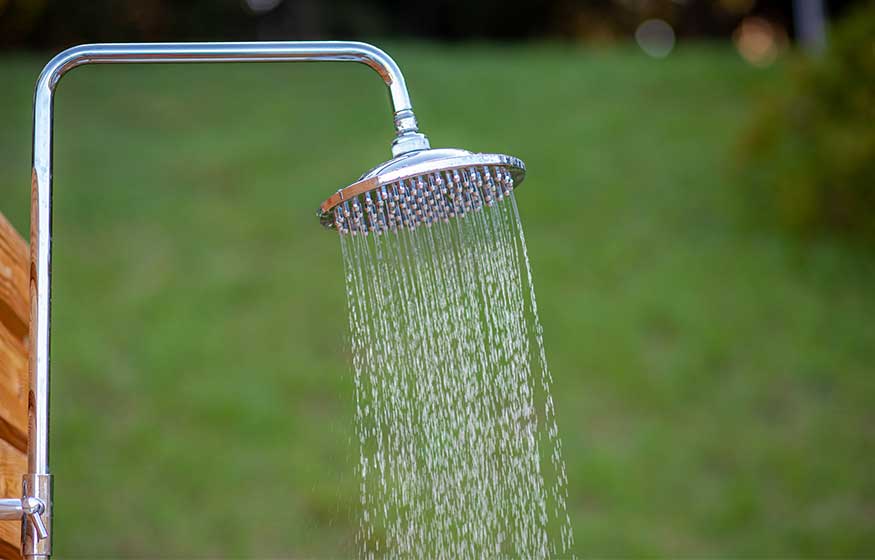How To Get Your Clogged Shower Head Flowing Again

A clogged shower head can be a real nuisance, reducing water pressure, and making showers less enjoyable. More often than not, the culprit is mineral buildup from hard water, but thankfully, the fix is usually simple and inexpensive. In this article, we will guide you through the process of returning your shower head to optimal performance, enhancing your daily shower routine.
Step One: Initial Inspection
Begin by inspecting your shower fixture to identify the extent of the issue. More often than not, you will see a white, crusty substance on the shower head’s surface — a clear sign of mineral buildup. A partially clogged fixture will have an irregular spray pattern, while a severely clogged one may have very little water flow.
Step Two: Removing and Soaking the Fixture
One effective method to resolve the issue involves removing and soaking the fixture. Start by unscrewing the shower head from the pipe. Most fixtures can be removed by hand, but if it is too tight, use a wrench, being careful to avoid damaging the fixture.
Next, soak the fixture in a solution designed to dissolve the mineral buildup. White vinegar is a popular choice due to its acidic nature, which breaks down the minerals. Ensure that the fixture is completely submerged in the solution, and leave it to soak for several hours or overnight for the best results.
Step Three: Cleaning the Fixture
After soaking, it is time to clean the fixture. Use a soft brush to gently scrub away the remaining mineral deposits. For small, hard-to-reach spots, you can use a toothpick or needle. Rinse the fixture under warm water to flush away any loosened deposits.
Step Four: Reattaching the Fixture
Once the fixture is clean, it is time to reattach it. Ensure that it is correctly aligned with the pipe before screwing it back on. You may want to use plumber’s tape on the threads of the pipe to ensure a good seal and prevent leaks.
Step Five: Running the Water
The final step is to run the water. This helps to flush out any remaining particles that may still be inside the fixture. If you are still noticing an irregular spray pattern, it might be worth repeating the soaking and cleaning process.
Additional Consideration: Regular Maintenance
Preventing future clogs is as crucial as dealing with existing ones. Regularly cleaning your shower head, even when it is not visibly clogged, can help maintain a consistent water flow and prolong the fixture’s lifespan. Ideally, this maintenance should be performed every few months, especially if you live in an area with hard water.
Conclusion: Enjoy a Better Shower
Addressing a clogged shower head does not have to be an arduous process. With these steps, you can easily restore your shower’s water pressure and improve your daily routine. Regular maintenance will ensure you will not have to deal with reduced water flow, giving you one less thing to worry about in your home maintenance duties.
